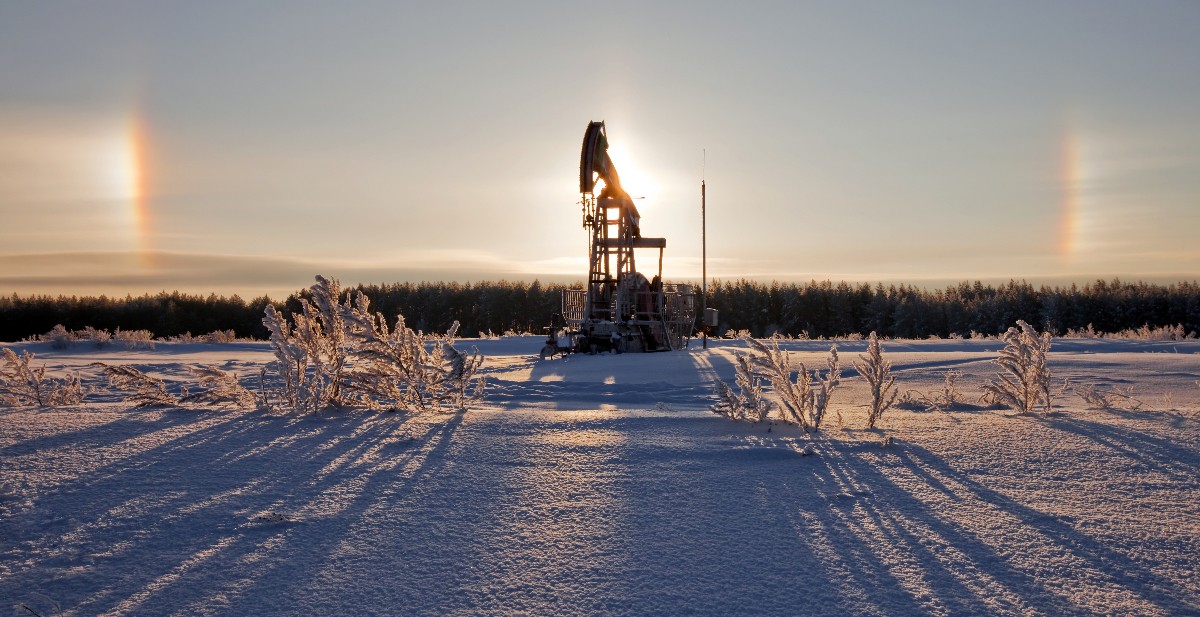Ups and downs of oil outlook

Russian confusion, demand strains and Iranian wildcard all compete to unsettle tanker sector
Post-sanctions, Russian crude output has not plunged to the depths anticipated by analysts, meaning that the global oil market is expected to stay in surplus for the rest of this year and into next, according to analyst ING.
India and China have picked up a large share of Russia’s sanction-bound crude, with Russian oil accounting for up to 20% of total Chinese oil imports in June, making it China’s largest supplier. “These stronger Russian flows to China come despite overall weaker domestic oil demand due to Covid-related lockdowns,” said Warren Patterson, ING head of commodities strategy.
ING has revised lower its oil price forecast for the remainder of this year as a result of the sustained demand for Russian crude. Its 3Q22 and 4Q22 Brent crude forecasts have dropped from $118 per barrel and $125 per barrel to $100 per barrel and $97 per barrel respectively. ING’s full year 2023 Brent forecast has been revised down from $99 per barrel to $97 per barrel.
However, significant downside risks still remain, meaning that tanker operators should prepare for a trading dip in 2023.
“If for any reason India and China are unable to sustain the volumes of Russian oil they have imported, there is the risk that Russian oil output will eventually fall more aggressively, which would lead to a tighter market. Similarly, the US has been pushing for a price cap on Russian oil, and if enforced (which will be difficult), there is always the risk that Russia reduces its output in response,” Patterson said. Also, China’s appetite to increase Russian oil purchases even further will depend on the speed of a recovery in domestic demand.
If for any reason India and China are unable to sustain the volumes of Russian oil they have imported, there is the risk that Russian oil output will eventually fall more aggressively, which would lead to a tighter market
Russian uncertainty
There are other risks set to challenge supply levels. Inventories are at historically low levels, OPEC spare capacity is limited, and there remains uncertainty over how Russian output will evolve once the EU ban on Russian seaborne crude oil and refined products is fully implemented in February 2023. ING is assuming that Russian output will decline by around 2 million barrels per day once the ban comes into full force.
ING notes that it has become more difficult to get transparency on Russian oil output since Russia’s invasion of Ukraine. However, the International Energy Agency estimates that Russian oil production was around 310 million barrels per day below pre-war levels in July.
OPEC+’s decision not to give in to pressure to increase output more aggressively appears with hindsight to have been “the right one”, said Patterson, given the market is expected to be in “a more comfortable state for the rest of the year”. While the group did agree to larger-than-planned supply increases for July and August, and a 100 million barrels per day supply increase over September, the reality is that regardless of the state of the market, OPEC members have limited capacity to increase output significantly more than agreed. “The group has failed for almost the last 12 months to hit its production target, with a number of producers having faced disruptions or simply not having the capacity to increase output further,” Patterson noted. ING said that spare capacity within the OPEC-10 (excludes Iran, Libya and Venezuela) sits at around 2.7 million barrels per day, with Saudi Arabia and the UAE holding more than 80% of the spare capacity.
Supply wildcard
Iran continues to be a wildcard in the global oil supply picture. A nuclear deal is closer than it has ever been and if finally agreed and sanctions lifted, significant oil volumes are expected from Iran. “Over time Iran would be able to increase production by around 1.3 million barrels per day, which would help ease the tightness that is expected over the second half of 2023,” Patterson said. “While in the short term, it will be able to boost exports from crude held in storage, and so could put some pressure on prices in the short term.” However, there is still a large question mark on the timing.
Another ‘disruptor’ comes in the form of higher gas prices, which could prompt a gas-to-oil energy switch from the power sector, prompting higher tanker demand over gas carriers.
Weaker global oil demand, meanwhile, is helping to balance the global picture. ING notes that demand growth forecasts have been downgraded consistently and Energy Information Administration data “provides clear evidence of demand destruction”. In 2022, global oil demand is expected to grow around 2 million barrels per day, with similar growth expected for 2023, said ING. This would push global oil demand levels beyond pre-Covid levels in 2023. But this forecast hangs on recovery in China, and the severity of recessions in the US and Europe.
While China has been picking up the slack with Russian output, overall Chinese demand has disappointed with significant revisions being made for its demand estimates on the back of continuing Covid outbreaks and China’s insistence of a Zero-Covid policy. “Cumulative Chinese oil imports are down 4% over the first seven months of the year, whilst apparent domestic demand over the same period is down almost 11% year-on-year,” Patterson said.